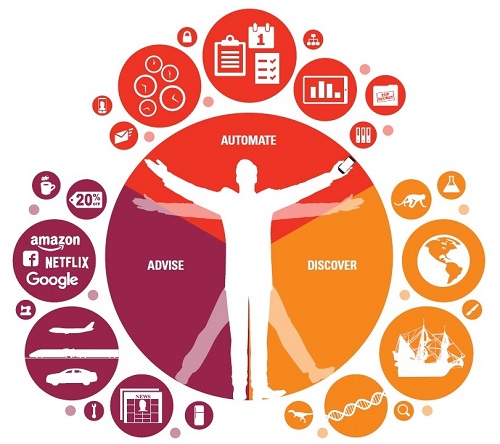Customer Engagement and Machine Learning
Today’s consumers are overwhelmed by a constant deluge of advertisements and promotions. They are tired of the noise and fatigued by all the product options. They increasingly desire the personalized attention they get from Amazon, Netflix and other brands they interact with. We are living in an experience economy where mere goods and services are … Read more


